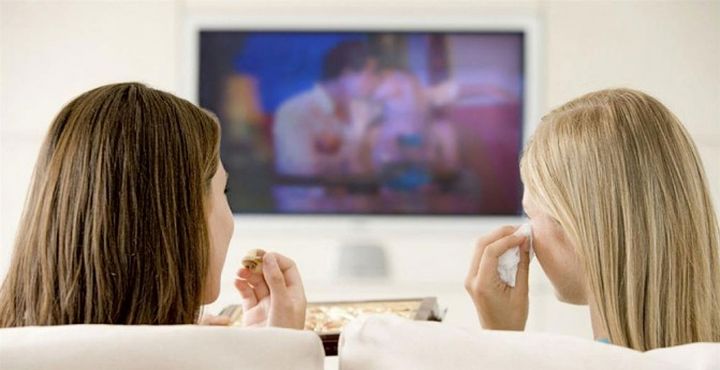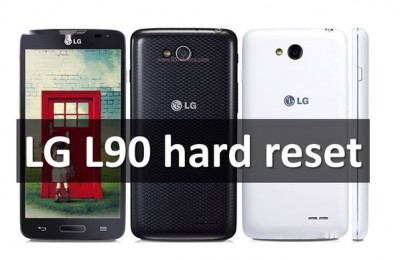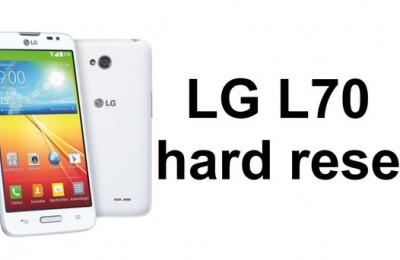Lower prices for 4K TVs translated them from the category of fashion (especially for producers) of goods in the category of conventional top models. And then potential buyers have a question: what we look at these wonderful screens? The answer is quite simple: favorite movies and latest films, concerts and documentaries.
What to look for 4K?
Once on the scene format Full HD, the prospect of distributing content was clear: Blu-ray discs provide storage of sufficient information and circuitry allow players to achieve the desired bandwidth. And there was a “fallback” – HD DVD. Retains backward compatibility, ie Enron spectators DVD played on a Blu-ray-players.
4K situation is radically different. Firstly, unfortunately, 4K standard optical media Blu-ray commercials late year. Secondly, fortunately, is now able to play TV “heavy” video as a directly connected with the carrier, and through a network, local or global.
What does this mean in practice? Since new movies are shot originally in digital form and with an eye to 4K, the appearance ULTRA HD versions boldly predicted at the near future. Film classic, at least of interest to the general public, may be pereotsifrovana with films, detailing which basically missing. Some films were digitized in 4Q initially (for example, a series of Sony «Mastered in 4K»), but released on Blu-ray in Full HD, respectively, they will have a chance to appear on the new screens.
Services broadcasting streaming video can be a very attractive alternative to optical discs. In the US, Netflix and Amazon Instant Video already offer their premium subscribers a number of films in 4K, domestic companies close to it. On YouTube a long time began to appear ULTRA HD videos.
According to experts, for the 4K requires an Internet connection to the real speed of 15 Mbps – quite affordable for many domestic providers figure.
Satellite companies repeater actively testing infrastructure. For example, Astra and Eutelsat launched their own demonstration channels.
Should not be discounted, and home video. 4K is already available in some smartphones, for example, LG G3 and LG G Pro 2 , and, most likely, will begin active participation in the amateur cameras 2015 model year.
Fans of spectacular games are also waiting for 4K, however, they will have to substantially upgrade their computers or buy a next-gen consoles.
However, it is now clear that in the near future the main source of the video for the new TVs will be Full HD versions of movies, concerts and broadcasts. Their resolution will automatically increase by up to 4K TV. Hello, upscaling!
Our old friend upscaling
Since then, as the ability to view video from a personal source appeared in our homes (and it happened in the late 80’s and early 90-ies), we are all faced with the process of upscaling.
Let’s make a small excursion into the past and see what happens when you play video tapes, optical disks and how to change TV.
First there was a standard VHS. Despite the fact that the development engineers JVC technically inferior to the main competing formats Sony Betamax, VHS won because of the hardware manufacturers do not require licensing fees, and so Sony learned nothing.
VHS was analog. On the tape, it allows you to record images with a vertical resolution of 240 lines, and the frame can be expressed in figures 320×240 pixels usual today. Since the luminance and chroma information is coded separately, their vertical resolution is different – the brightness was 240, and the color – less than half – 120 lines.
TV on the cathode-ray tube (CRT) were also calculated for analog and display standard TV signals, which, incidentally, is technically much superior recording on tape.
PAL, and SECAM (with variations) assumed 576 lines, and the frame is an analog image of 720×576 pixels. The theme of the service lines, interlaced and progressive scan, broadcast half pictures and other telepodrobnosti go beyond this material. In NTSC, the situation was similar, only with less vertical resolution Americans showed more frames per second.
When the signal from the VCR to the TV did, there was an analog “stretching” the image to the desired resolution. The question naturally arises as consumers put up with such disastrous (assuming dry digits) image?
Firstly, the possibility to choose what and when to watch worth it. Secondly, we must consider not only the resolution of the signal, but also how it can be displayed and looked.
The point size of the screen. For TV cathode ray tube most common diagonal 24-29 inches at a ratio of 4: 3 and 32 inch models 16: 9, actively sold only from the beginning of the century. When viewing distance of 2-4 meters, in principle, the image quality was sufficient.
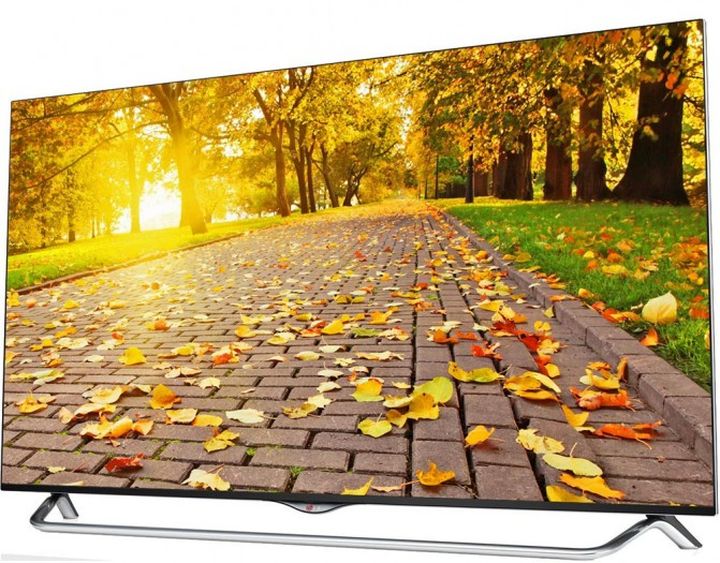
Since then, as the ability to view video from a personal source appeared in our homes (and it happened in the late 80’s and early 90-ies), we are all faced with the process of upscaling.
Improvements such as S-VHS (400 lines of vertical resolution) were primarily related to the recording chamber and did not take root in the form of playback devices, sales / rolling cassettes.
While the cassette ruled the world of video engineers developed new standards.
In certain popularity West received analog laser discs LaserDisc (LD), providing 440 lines, but without the degradation of recording quality due to problems with the tape. We were lot of collectors and a source image for pirated copies, as in the languages of the peoples of the USSR to publish editions of movies no one was going.
With the advent of DVD was a momentous event – the video for personal viewing reached quality, adequate means of displaying it. Standards require 576 lines, as much as they could reproduce the then TV.
Finally, by interpolation could get rid of! This image has been incredibly clear, detailed, sparkling natural colors. Compared with the VHS-cassette.
Respite ended quickly. High-definition television and HD video created new screens – plasma and LCD. Physical limitations on the length of the CRT have disappeared and began to increase the geometric dimensions.
Simultaneously, the shelves were filled with new players and new discs. The only problem is that it is slow (compared with the advent of DVD). No wonder, the tapes were to roar about a quarter of a century, and increase the image quality simply striking.
Blu-ray Disc (BD) allows you to store the video with a resolution of Full HD (1920×1080 pixels) and provides an incredibly clear and detailed picture of sparks natural colors. Compared with the DVD.
It would seem that the parity is stored. In figures – yes. In life – no. When the cabinet are virtually timeless film classic remastered DVD and pleasing to the eye, the desire to pay back does not occur so often. The more that the price of Blu-ray discs can not penny.
And then came to the aid of our old friend upscaling already digital, intelligent and fast. Many, incidentally, still watching your favorite movies from DVD to Full HD panels.
Upscaling today
Signal processing algorithms – one of the biggest mysteries of TV manufacturers. Since the release of the few companies that buy the rest of the workpiece and also engaged in the marketing of its own design algorithms.
To evaluate the work povyshateley resolution were taken two TVs with the same diagonal, 55LB690V LG and LG 55UB850V . First – Full HD, the second – 4K. LG 55UB850V features True 4K Engine – system with a separate processor automatically increases the resolution from any source up to 3840 × 2160 pixels.
As the test material used as specially prepared demonstration and adjusting the rollers, and conventional films. They were all in Full HD version and the built-in player played televisions connected to the USB-port drives – hard disk and flash card.
Trying to make the report as videosravneniya, unfortunately, failed. Shooting matrix with a digital camera, postprocessing (need to connect two halves of rolls to ensure visibility), processing Youtube, view with different quality settings – all this can distort the result beyond recognition.
It should be understood that the results of the algorithms are very dependent on the source material. It is one thing – quality transfer professionally shot film, quite another – re-clamping digital stream from a cable network operator supernumerary.
Let us assume that you see high-quality originals, because in DVD-era were “releases” from the series 10 militants on a single disc.
The image on the 4K TV looks advantageous. With this, no one can argue. All the matter in the resolution. People with good eyesight can see the pixel grid of 55-inch Full HD screen with three meters, and is in many apartments usual distance from the TV to the viewer. Fortunately, the man is able to adapt and to think out, which is why we bystropokazannyh instead of 24 “photos” see second movie. As a result, the pixel structure “dissolved” in the frame in the actions for which we follow.
Let’s see a movie. The film “Gravity” at all difficult for the TV because of the abundance of high contrast scenes with fine detail. The use of computer graphics makes “Gravity” an excellent tool for assessing the transmission of detail pictures.
Full HD TV LG 55LB690V confidently draws parts of space satellite in the first episode. Clearly visible fasteners – bolts, rivets, the surface does not look like a cartoon, plastic, and texts on some indicators Sandra Bullock costume if you want to consider. Including this same Full HD 4K file-TV LG 55UB850V. The difference is visible immediately.
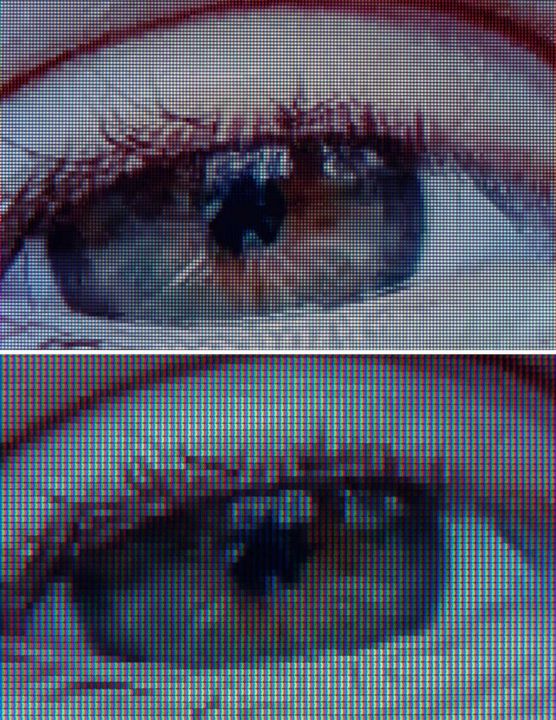
First of all, the sky became more natural – the star is now smaller. Increase in density of pixels is good for detail and smooth gradients. Sandra Bullock on her face clearly visible pores of the skin, even through the glass suit.
The image can be divided into two components – the precise contours and smooth transitions. Still have the texture is essentially a combination of the two, is just too small relative to the size of the entire image.
Judging by the results of the visual evaluation, the processor is able to distinguish the contours of the TV from the transitions, because it emphasizes the contours and transitions, on the contrary, stretches.
It turns out that in Full HD movie contains information that Full HD TV can display, and it manifests itself in the 4K screen. Here’s an example, a piece of home video, shot on a very good camera. With increasing apparent that due to the fourfold increase in the number of picture elements 4K TV can better display small inclined details such as eyelashes. Yes, and tonal transitions are more smooth.
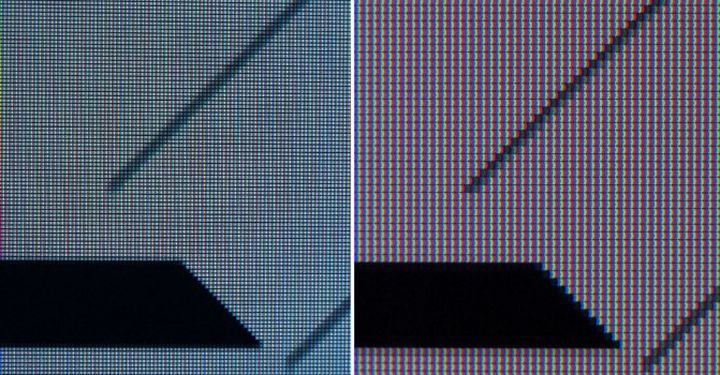
If you enable the setting tables to check-definition upscaling capabilities will reveal most clearly. The jagged edges of diagonal lines noticeably smoothed. Although the processor can not “invent” the non-existent (missing when shooting, encoding) the details to him the strength to distribute the available information so that the eye will perceive as a clearer picture. compare-02
Homemade video shot is not smart and inexpensive camera, looks interesting, but it is a merit-sized images much difference between Full HD and 4K screens are not visible.
When watching a video with the original low resolution, it is important to correctly configure the TV. It is primarily concerned with parameters such as sharpness and suppress compression artifacts MPEG. Clarity is desirable to leave at the minimum acceptable quality for 4K clips meaning. Otherwise, the artifacts in the form of light and dark contours generated processor with artificial sharpening will be noticeable and will not improve, and the irritant. It would be desirable, high suppression of artifacts is not recommended to put this blurry image. Minimum or automatic is a good choice.
* * *
Miracles happen. 4K TV can display Full HD content in a favorable light, but no promises that the quality magically rise to the level of real 4K video. Good releases will look in more detail, tonal transitions become softer picture will be enjoyable. And there are real 4K files will arrive in time.
Read another very interesting article about alternative energy of the Sun, water and air.

